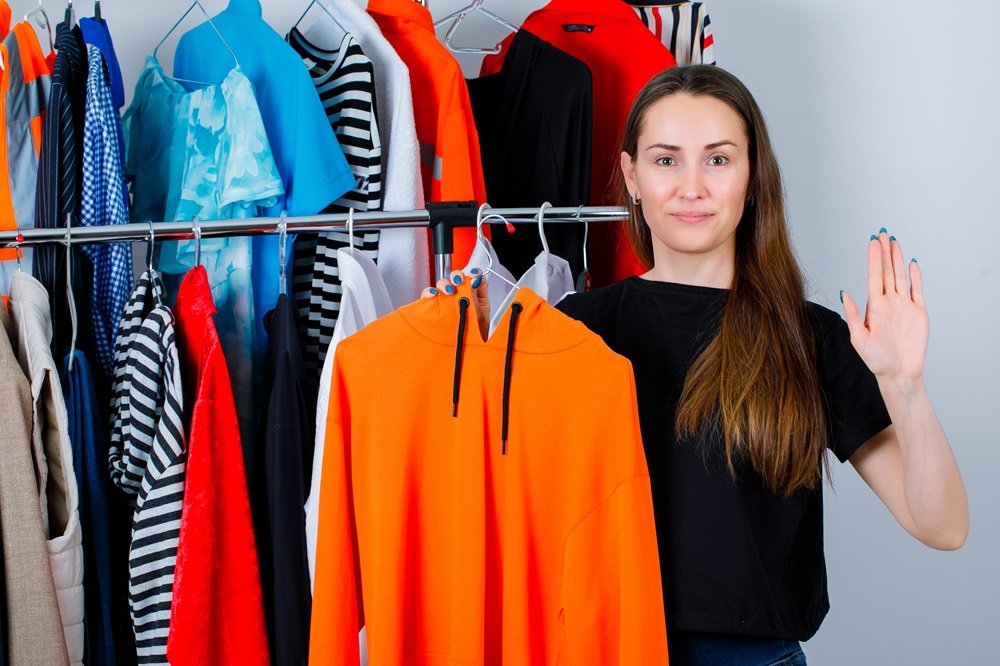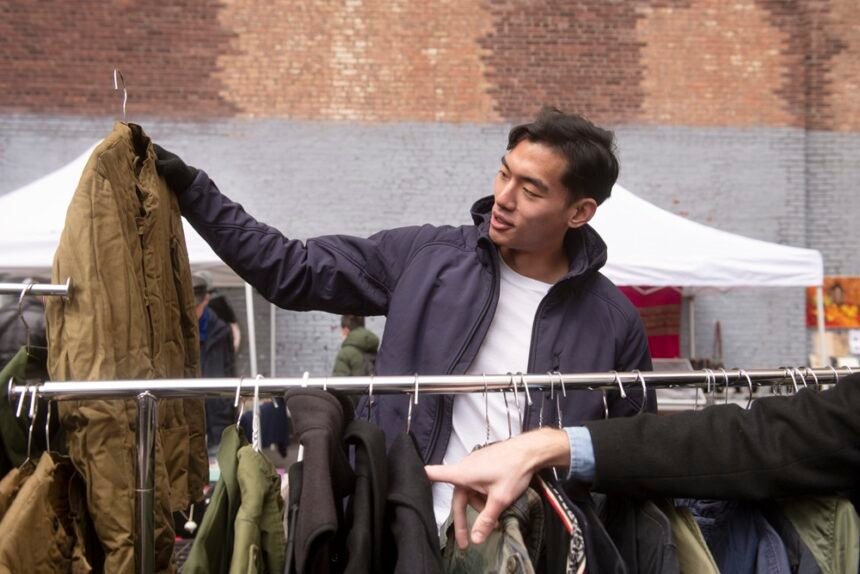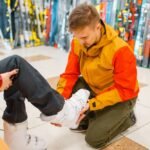The market for used Cotopaxi outdoor gear has exploded, but so have sophisticated counterfeits.
You need to know what to look for when buying used cotopaxi products to avoid expensive mistakes and ensure you get authentic, high-quality gear.
Why Fake Cotopaxi Products Are Flooding the Market
The outdoor gear industry faces a $52 billion counterfeit problem according to recent trade studies. Cotopaxi’s popularity makes it a prime target for counterfeiters who create increasingly convincing replicas.
Counterfeit outdoor gear isn’t just about losing money – fake products often use inferior materials that can fail when you need them most. We’ve seen fake backpacks with zippers that break after weeks and jackets with insulation that clumps after one wash.
The rise of online marketplaces has made it easier for sellers to distribute fakes alongside authentic products. You might find yourself bidding on what looks like a genuine pack, only to receive a well-made replica.
Key Authentication Points for Used Cotopaxi Products
Material Quality and Construction
Authentic Cotopaxi gear uses premium recycled materials with specific textures and weights. When you examine a genuine product, you’ll notice:
The fabric feels substantial and has a distinctive texture that’s hard to replicate. Real Cotopaxi nylon has a specific weave pattern that creates small, consistent diamonds across the surface. Fakes often use smoother, cheaper materials that lack this texture.
Hardware quality provides another clear indicator. Genuine zippers, buckles, and D-rings have weight and smoothness that budget alternatives can’t match. You should be able to operate zippers with minimal effort, and they should feel solid rather than flimsy.
Stitching and Assembly Details
Professional outdoor gear requires precise stitching patterns that counterfeiters often overlook. Authentic products feature:
Double-stitched stress points where straps attach to the main body. These reinforcement areas use contrasting thread colors that follow specific patterns. Fakes might use single stitching or incorrect thread colors.
Seam tape application on waterproof items follows exact specifications. Real products have smooth, evenly applied tape that doesn’t bubble or peel at edges.
Common Red Flags When Buying Used Gear
Price Analysis
| Product Type | Authentic Used Price Range | Typical Fake Price |
| Backpacks (30L) | $80-120 | $35-60 |
| Jackets | $90-150 | $40-75 |
| Accessories | $15-40 | $8-20 |
Prices significantly below market value should raise immediate concerns. While you might find genuine bargains, consistently low prices across multiple listings often indicate counterfeit products.
Seller Behavior Patterns
Authentic sellers typically provide detailed photos showing wear patterns, care labels, and close-ups of hardware. They answer questions about the item’s history and condition honestly.
Fake sellers often use stock photos or images with poor lighting that hide details. They might avoid answering specific questions about construction details or provide vague responses about the product’s origin.
Professional Authentication Methods
Label and Tag Verification
Genuine care labels contain specific information that counterfeiters struggle to replicate accurately. You should check:
The font style and size match official specifications. Real labels use consistent typography that looks professional rather than amateur. Fake labels often have slightly off fonts that trained eyes can spot immediately.
Country of origin information must be accurate and complete. Authentic products list specific manufacturing details that correspond to Cotopaxi’s actual production facilities.
Serial Number Cross-Referencing
Many newer Cotopaxi products include internal tags with production codes that you can verify through customer service channels. While this process takes time, it provides definitive authentication for valuable items.
Counterfeiters rarely include accurate serial numbers because they don’t have access to the company’s coding systems. When present, fake numbers often follow incorrect formats or use impossible date combinations.
Where Fakes Typically Surface
Online auction sites and social media marketplaces see the highest concentration of counterfeit products. The anonymous nature of these platforms makes it easier for sellers to disappear after completing transactions.
Physical consignment shops and outdoor gear swaps generally have lower rates of counterfeits because sellers face more scrutiny. However, even experienced retailers sometimes acquire fakes unknowingly.
International shipping origins should raise caution flags, especially for products shipping directly from manufacturing regions known for counterfeiting operations.
Protecting Yourself as a Buyer
Documentation Requirements
Always request multiple high-resolution photos before purchasing. You need clear images of labels, hardware, stitching details, and any wear patterns. Legitimate sellers understand these requests and comply willingly.
Ask specific questions about the product’s history. Where was it purchased originally? How long was it used? What activities was it used for? Genuine sellers can provide detailed answers.
Payment Protection Strategies
Use payment methods that offer buyer protection when purchasing high-value items. Credit cards and established payment platforms provide recourse if you receive counterfeit products.
Document everything including seller communications, photos, and item descriptions. You’ll need this evidence if you need to file disputes or return claims.
When You Discover You’ve Bought a Fake?
Contact the seller immediately with specific details about the authentication issues you’ve identified. Many honest sellers will work with you to resolve the situation, especially if they unknowingly sold counterfeit items.
Report counterfeit listings to platform administrators to help protect other buyers. Your reports contribute to broader efforts to reduce fake product circulation.
Keep detailed records of your authentication process and any expert opinions you’ve obtained. These documents support refund requests and help law enforcement track counterfeit operations.
The used cotopaxi market will continue growing as more people seek affordable outdoor gear, making authentication skills increasingly valuable for protecting your investments and ensuring product safety.

Frequently Asked Questions
Why are counterfeit Cotopaxi products so common in the used gear market?
Answer: Cotopaxi’s popularity and the overall $52 billion counterfeit outdoor gear problem make it a prime target. Fakes are easier to distribute online, where sellers mix replicas with genuine listings.
How can I tell if my Cotopaxi backpack or jacket is fake?
Answer: Check material quality (authentic nylon has a diamond weave), hardware (zippers and buckles should feel smooth and solid), and stitching (authentic packs have reinforced, double-stitched stress points with correct thread colors).
What are the biggest red flags when buying used Cotopaxi gear online?
Answer: Prices way below the market range, vague seller answers, stock photos, or blurry images. Authentic sellers provide clear, detailed photos and willingly answer history questions.
What’s a fair price for used Cotopaxi gear?
Answer: Based on typical ranges:
- Backpacks (30L): $80–$120
- Jackets: $90–$150
- Accessories: $15–$40
If you see consistent pricing far below this, it’s likely counterfeit.
How can I verify labels and tags to confirm authenticity?
Answer: Look for professional font consistency, accurate country-of-origin info, and care labels that match Cotopaxi’s production details. Fake labels often use slightly off fonts or incomplete info.
Do Cotopaxi products have serial numbers, and how can I check them?
Answer: Many newer items include production codes you can cross-check with Cotopaxi customer service. Counterfeiters usually leave these out or use incorrect formats.
Where are fake Cotopaxi products most often sold?
Answer: Online auction sites and social marketplaces are the riskiest. Consignment shops and gear swaps are safer but not foolproof. Be especially cautious with items shipped internationally from known counterfeiting hubs.
What precautions should I take before buying used Cotopaxi gear?
Answer: Request high-res photos of hardware, stitching, and labels. Ask about the product’s history and original purchase. Use payment methods with buyer protection like credit cards or secure platforms.
What should I do if I accidentally buy a counterfeit Cotopaxi product?
Answer: Contact the seller right away and provide authentication details. If they refuse to cooperate, file a dispute with your payment provider. Also, report counterfeit listings to the platform and keep detailed records for possible refunds or law enforcement use.Is buying used Cotopaxi gear still safe despite the risk of counterfeits?
Answer: Yes — as long as you know the key authentication points, ask the right questions, and purchase through safe payment methods. Many authentic used Cotopaxi products are available, and being cautious helps you score genuine bargains without falling for fakes.















